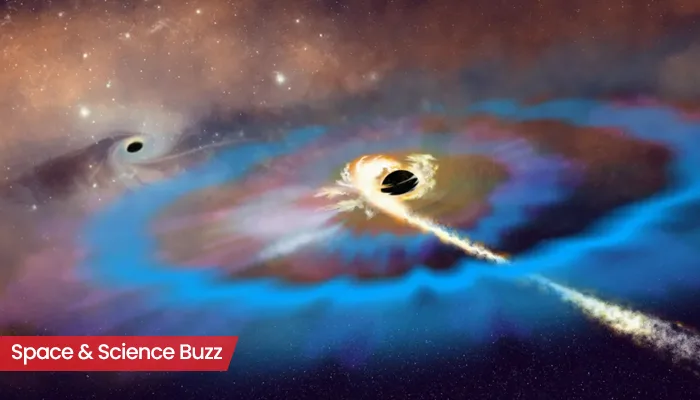.webp)
Here are today’s most important updates from the realm of Science and Space.
Buried Secrets: MIT Scientists Discover Hidden World Inside Earth’s Mantle
Researchers have discovered chemical fingerprints of Earth's earliest incarnation, preserved in ancient mantle rocks. A unique imbalance in potassium isotopes points to remnants of “proto Earth” material that survived the planet’s violent formation. The study suggests the original building blocks of Earth remain hidden beneath its surface, offering a direct glimpse into our planet’s ancient origins. This primitive world took shape before a massive collision forever changed its chemistry and gave rise to the Earth we inhabit today. Billions of years in the past, the solar system was a vast rotating cloud of gas and dust. Over time, this material coalesced into solid objects, forming the first meteorites. These meteorites gradually merged through repeated impacts to create the proto Earth and its neighboring planets.
The Next Battery Revolution? Sodium Challenges Lithium’s Dominance

All-solid-state batteries offer a safer and more powerful way to run electric vehicles, power electronics, and store renewable energy from the grid. However, their key ingredient, lithium, is both costly and scarce, and mining it often causes serious environmental harm. Researchers discovered how to stabilize a high-performance sodium compound, giving sodium-based solid-state batteries the power and stability they’ve long lacked. The new material conducts ions far more efficiently and supports thicker, energy-dense cathodes. Because it relies on a proven technique, it’s also easier to scale up for real-world use. This could bring safer, cheaper, greener batteries much closer to reality.
A Matter of Time: New Study Unveils Secret Behind How Planets Form
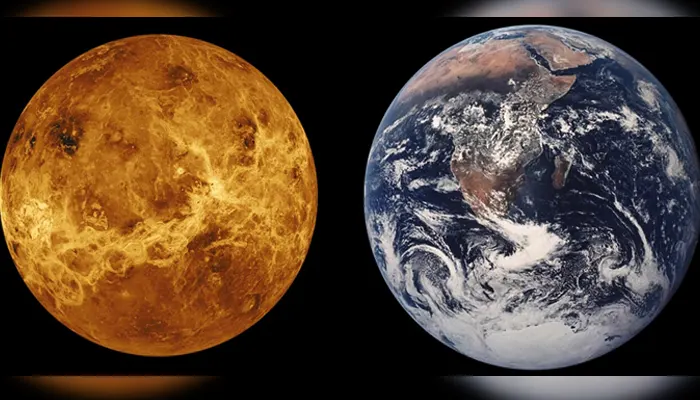
A new study led by UNLV scientists sheds light on how planets, including Earth, formed in our galaxy and why the life and death of nearby stars are an important piece of the puzzle. "Materials that go into making planets are formed inside of stars that have different lifetimes," said the lead author. "These findings help explain why older, rocky planets are less dense than younger planets like Earth, and also suggest that the necessary ingredients for life didn't arrive all at once,” he added. All the basic elements that make up planets like oxygen, silicon, iron, and nickel are formed inside stars. Planets are essentially built from the debris of dying stars, but the stars die on vastly different timelines which can influence the structure of forming planets as a result.
Planet’s Fever Rises: CO2 Reaches New Peak, Warming Locked In
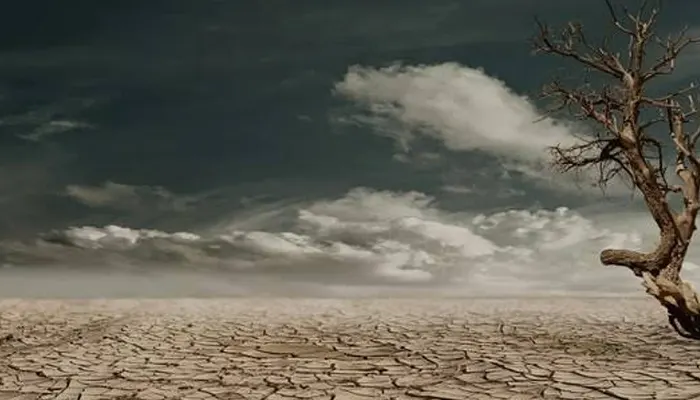
Carbon dioxide levels in Earth’s atmosphere rose by a record 3.5 parts per million (ppm) between 2023 and 2024, marking the largest annual increase since measurements began in 1957, according to the latest World Meteorological Organisation (WMO) Greenhouse Gas Bulletin. The global average concentration climbed to 423.9 ppm, a new high that scientists warn will lock the planet into long-term warming. The report highlights a “vicious climate cycle” fuelled by continued emissions, widespread wildfires, and weakening natural carbon sinks like forests and oceans. The year was also marked by a strong El Nio, triggering severe droughts and forest fires in regions such as the Amazon and Southern Africa.

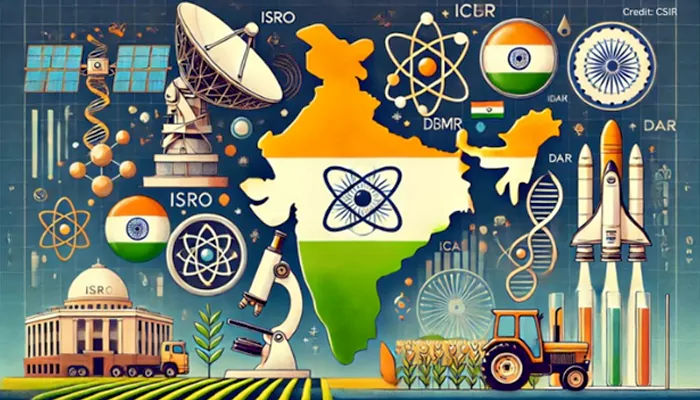

.webp)
.WEBP)
.WEBP)
.webp)
.webp)
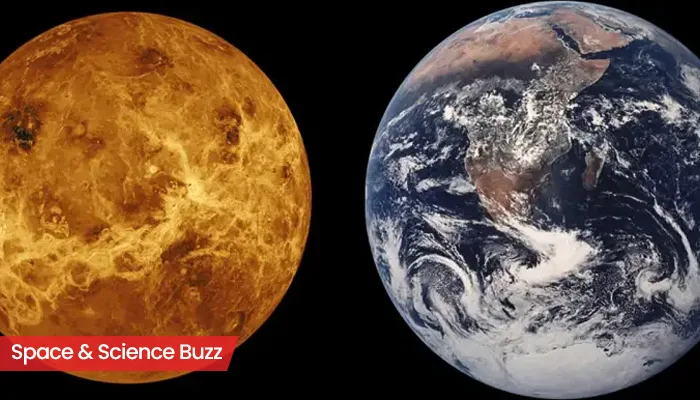
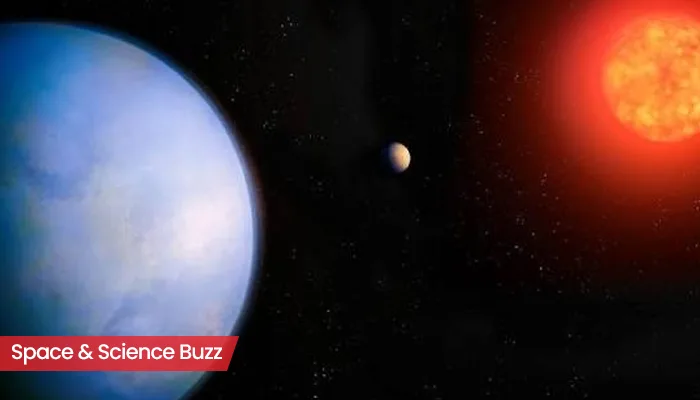
.webp)
.webp)
